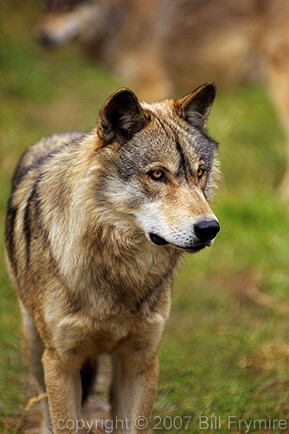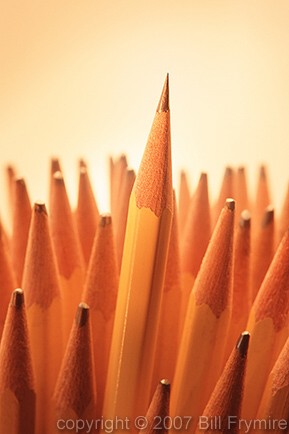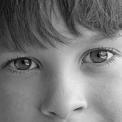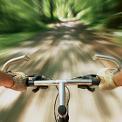Digital Photography: Behind the Lens: Exposure
Exposure is the amount of light that you allow to enter the camera. Do you know the three adjustments that make up exposure?
They are: ISO, aperture, and shutter speed. These three key elements will help you in making sure that you get exactly the right amount of light in your shot to create the atmosphere that you are looking for.
ISO
ISO actually stands for “International Organization for Standardization” and it was applied to photography in 1979 to provide a common standard for measuring the speed of colour negative film. Although we are talking about digital photography, we still use ISO – the standards were updated in 2006 to apply to digital. So what is ISO in practice? It is the amount of light sensitivity that the camera sees. So when you are taking a shot of a wolf in bright light, you would want a low ISO, because otherwise you would not pick up the shadows and fur that your eye can see. The higher the ISO, the less detail you will be able to see in a well-lit shot. If you are taking a shot in a low-lit situation, you would want the ISO to be high, but know that the higher the ISO, the more sensitive your camera will be to light; this means that a low-lit shot will appear grainier the higher you set the ISO. If you’re not sure, do some test shots at different settings.
Aperture
Aperture is the size of the hole in the lens that lets light through. So – if you were thinking about your camera like it is your eye, the aperture is the equivalent of you squinting or opening your eyes really wide – any scene will appear differently depending on how much light you let into your vision. On your camera, aperture is measured in fractions which are noted as the “f-stop” number. You can see this on your camera when you look through the lens or at the digital screen – it should show up as: “F/1.4” or something similar. The lower the f-stop number, the wider the lens opening, and the more light that will be in your shot.
The other aspect that aperture controls is your depth of field. The higher the f-stop number, the more depth of field you will get, ie: more of the shot will be focused. The lower your f-stop, the less of the shot that will be in focus – this is good for emphasizing one subject in particular, or for a shot when you want the foreground or background in high focus and the rest of the shot slightly blurred, as with macro photography. Do you see how the sharpened pencil in this shot is very focused, and the others are slightly blurred?
Aperture is all about helping you not only decide how much light is in the shot, but also how detailed the shot is.
Shutter Speed
The shutter speed is the length of time that the shutter on the camera is open – ie: how long is the camera looking at the image. This will determine the amount of motion that is present in the shot. Because we are not machines, there is always a little ‘camera shake’ when you are holding the camera. This would be eliminated by a tripod, and this is why professionals often use tripods for things like sporting events or scenic photography when capturing something like a waterfall or a hyena running across the tundra. The higher the fraction, the quicker the shot – ie: 1/500 is much faster than 1/20. So the lower you set your shutter speed, the longer it will stay open.
All the functions that control aspects of light in a camera are interrelated. Keep this in mind when you are adjusting your shutter speed, aperture, and ISO. As you gain experience, you will understand better how these different controls can help or hinder each other based on the situation and the amount of light. Try some test shots!
How do you like this new series? Is there anything you need more information about? Let me know in the comments, and be sure to leave me a comment linking to your photography if you used any of the information in this post! As always, find me on FB and G+.

















